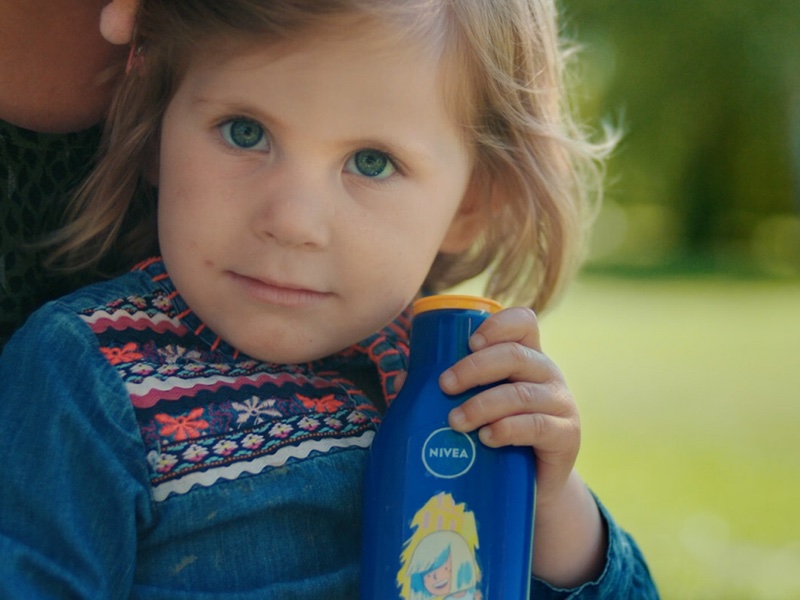
The rare genetic light disorder means that when skin comes into contact with the visible, coloured parts of sunlight, it causes neuropathic pain and triggers burns.
In patients, when exposed to sunlight, a precursor of the red blood pigment, protoporphyrin, is deposited in blood vessels.
Energy from visible light is absorbed and triggers a chemical reaction, which the person affected perceives as severe pain and which appears as burns on the skin.
Beiersdorf launched the project for an innovative sunscreen after the parents of four-year-old Charlotte, who lives near Münster, Germany, reached out to Beiersdorf’s Chief Scientist for Photobiology, Dr Ludger Kolbe.
Research into visible, high-energy light showed that special light-scattering pigments could be added to the sunscreen to prevent the light from penetrating the skin, allowing Charlotte to be exposed to sunlight for a short period of time.
“With the high standards of skin protection that we at Nivea pursue, we are delighted that we were able to find a special solution for Charlotte,” said Kolbe.
“With her personal sunscreen, she still has to be careful in the sun, but can spend a little longer playing outside with her friends.”
Beiersdorf stressed that the sunscreen was especially developed for Charlotte and her individual skin needs, and will therefore not be included for sale in its product portfolio.
Improving quality of life
Charlotte’s case is not the first where cosmetics industry players have put their expertise towards helping those with specific genetic conditions.
Chemicals giant BASF has produced free sunscreen specifically developed for Tanzanians with albinism to protect them from the glare of the east African sun.
And, more recently, Eurofragance worked with Sant Joan de Déu Hospital to develop fragrances that help neutralise the odour associated with trimethylaminuria.
An incurable metabolic condition where the body is unable to process certain nitrogen compounds, such as trimethylamine, trimethylaminuria results in a characteristic smell and is sometimes called ‘fish odour syndrome’.






